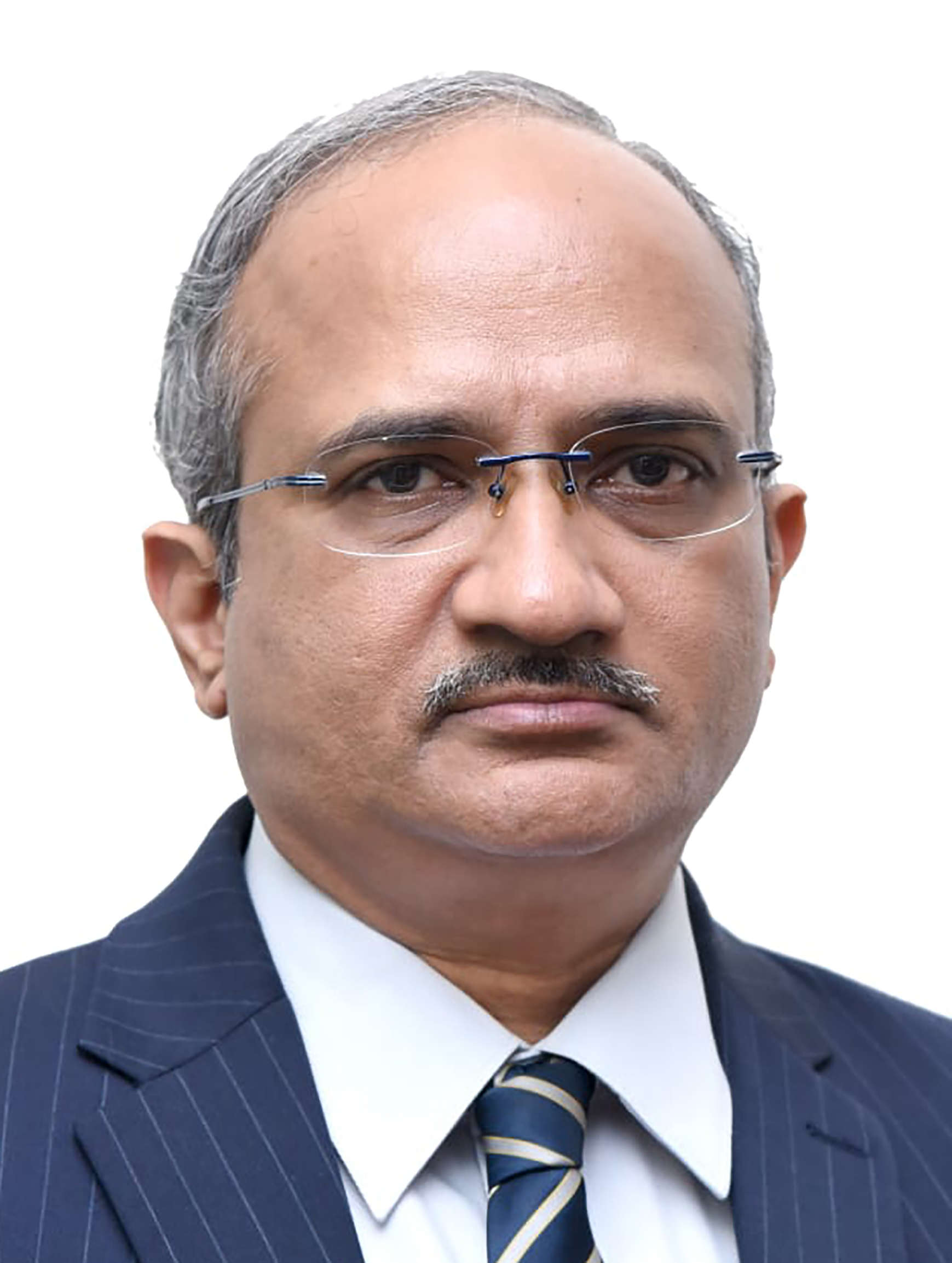
Engineering education in the country faces a major challenge as universities are barely able to fill a third of the available seats in fields other than computer science and IT. Students do not want to be involved in traditional disciplines such as civil engineering, mechanics, materials science, metallurgy, or electricity. Many universities are at a crossroads as they consider what to do with the faculty and infrastructure created in these core areas.
This leaves many open questions. If everyone learns IT/CSE and all the companies and products they build are e-commerce and IT related, where are the other disciplines left? is easy, but vice versa is not.
What about India’s unresolved issues at the grassroots level? Someone needs to build technology for healthcare, agriculture, energy, defense, space, civil infrastructure, transportation, waste disposal, semiconductors, manufacturing, drones, and more. Engineering is not about civil engineering, mechanics, CSE, etc. Engineering is about providing optimal and sustainable solutions to society’s needs. Most of the problems we face in society do not come with a disciplinary tag. A multidisciplinary team is often required to develop a solution. When all disciplines are integrated into his CSE and IT, the potential for innovation in addressing social challenges can be greatly impacted.
How can this situation be dealt with and renewed student interest in these traditional disciplines? approach is required.
First, we need to change our perception of the traditional field. For example, machinery is no longer about large machines that require physical strength to operate, and civil engineering is no longer just about building bridges and dams. Industry 4.0 is completely transforming mechanical engineering, with many sectors doing advanced work on micro-electromechanical systems, microfluidics and other similar technologies. Many civil engineers are now studying environmental issues and working on various pollution-related problems. Metallurgy turned into materials science. Electronics is no longer about communications, we have VLSI and nanoelectronics. Electricity isn’t about electric machines, it’s about smart grids and renewable energy. AICTE and the University Grants Commission (UGC) should create awareness workshops and provide counseling to students at the school level. Institutions should also offer minor degree programs in areas of high job demand to ensure that all students gain the background they need from an employment perspective.
Second, we need to launch technology missions at the national level that not only fund research, but also act as a vehicle for innovation and wealth creation. For example, after the IT revolution that swept the country since the late 90’s, several other technologies emerged and had a major impact on the research frontier. Some countries also make use of them. Specifically, biotechnology, nanotechnology, cognitive technology (such as AI/ML), and quantum technology. Advances such as batteries from nanotechnology and other materials research have made applications such as drones possible. Every decade, new technologies attract the attention of scientists and policy makers. To launch mission mode initiatives with these advanced technologies, he needs to plan on three fronts: education, research and innovation. That’s when jobs are created and educational programs become more attractive to students. Here are the high-level steps:
l All missions must start with the creation of research facilities and building research bases in the country. Any such mission should involve industry experts and relevant ministries from the outset.
l Research initiatives need to be backed by significant innovation and startup funding schemes. A scheme is needed to facilitate industry participation. Knowledge generated through basic research needs to be steadily directed into application-oriented areas.
lEducational programs need to be planned from the beginning to find out how many graduates the country needs at the diploma, postgraduate and doctoral level in these technical fields and on what timeline. I have. Model curricula and materials should be developed with the help of top academics and industry experts. Teacher training and special human resource initiatives should be implemented. This alignment of research, innovation and educational activities is critical for these technology missions to ultimately create jobs and value for society.
As a country, we are missing out on the great opportunities these new technologies offer, despite the vast knowledge pool and locally available talent. Without proper planning and execution, the story of India missing many such buses will continue. You can do better. Careful planning is the key.
Disclaimer
The above views are those of the author.
end of article

Commentaires
Enregistrer un commentaire